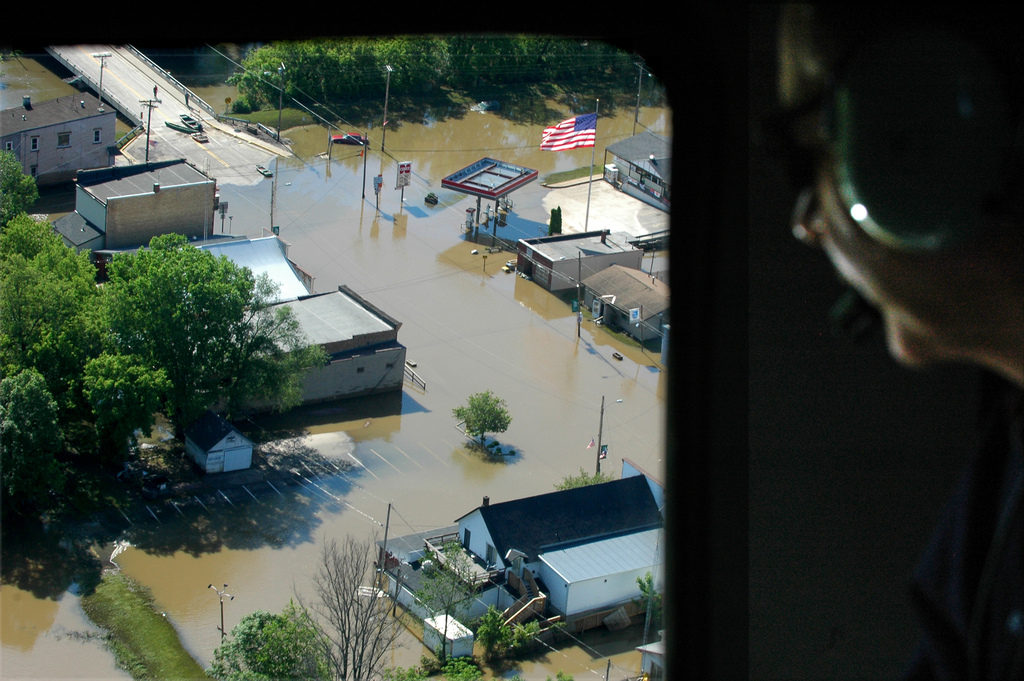Recent hurricanes have highlighted the flood insurance gap. Hurricanes Harvey, Irma and Maria caused a record $135 billion in damages, according to Munich Re estimates. Remarkably, less than half were insured losses.
“There were a lot of losses that occurred outside of high risk flood zones that kind of surprised people,” said Matt Junge, Swiss Re’s head of property solutions for the U.S. and Canada.
The storms illustrate the need for private flood coverage and homeowners are requesting the coverage more and more, he added.
He explained that the National Flood Insurance Program came into existence because private flood insurers didn’t understand the risk and how to price for that risk. Now, better technology and improved models allow insurers to simulate potential events before they happen allowing for better pricing.
“Insurers are comfortable with the science behind it and the ability to price appropriately for it,” he said.
It’s also proving to be a way for insurers to differentiate themselves from competitors, while widening lines of coverage offered to already existing customers.
Several factors have influenced the increased participation of private insurers in the flood insurance market, said Junge. Technology offers insurers the ability to understand and model how water flows. LIDAR and satellite imagery have helped improve mapping. Lastly, improved computing power has enabled insurers to simulate realistic events via multiple scenarios.
Since they already have a built-in distribution network through agents or by direct sales, insurers can play a key role in the private flood market. Adding additional value is the ability to offer comprehensive coverage by reducing gaps in coverage, he said.
“It’s a business opportunity and it’s a tremendous client service,” said Junge.
Was this article valuable?
Here are more articles you may enjoy.


 Chipotle Shareholders Sue Over Fallout From Skimping on Portion Sizes
Chipotle Shareholders Sue Over Fallout From Skimping on Portion Sizes  Atmospheric River to Hit Pac Northwest and California; Snow Could Impact Parts of Northeast And Great Lakes
Atmospheric River to Hit Pac Northwest and California; Snow Could Impact Parts of Northeast And Great Lakes  Meta Fined $841M by EU Over Abusing Classified Ads Dominance
Meta Fined $841M by EU Over Abusing Classified Ads Dominance  Blacks and Hispanics Pay More for Auto Insurance. Study Tries to Answer Why.
Blacks and Hispanics Pay More for Auto Insurance. Study Tries to Answer Why. 